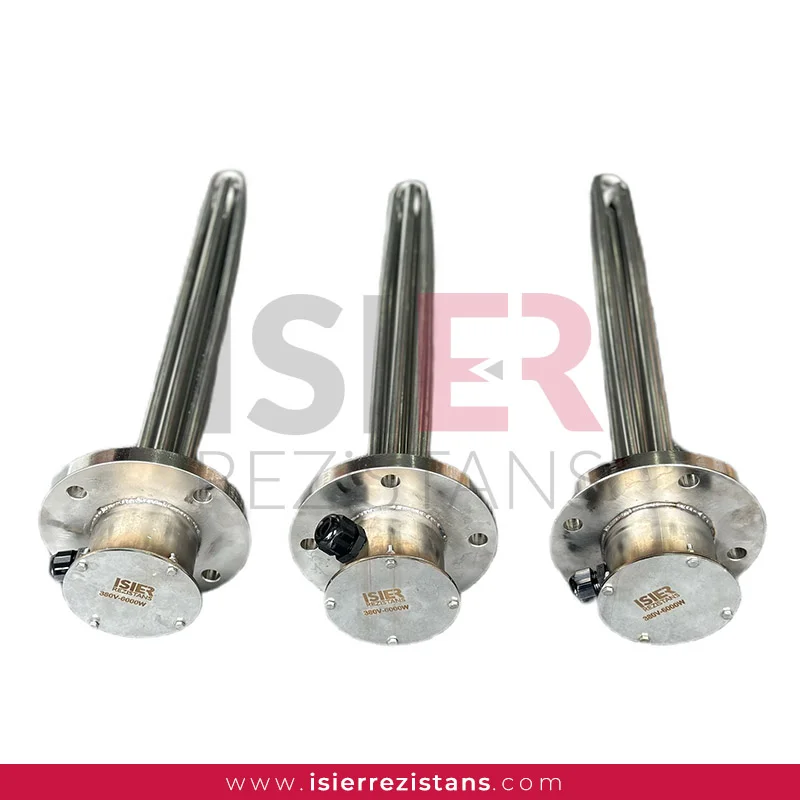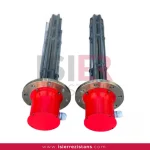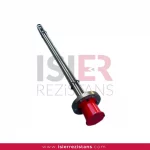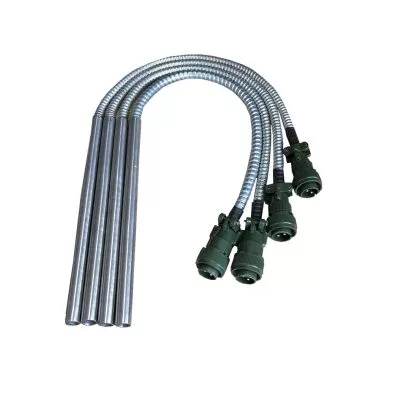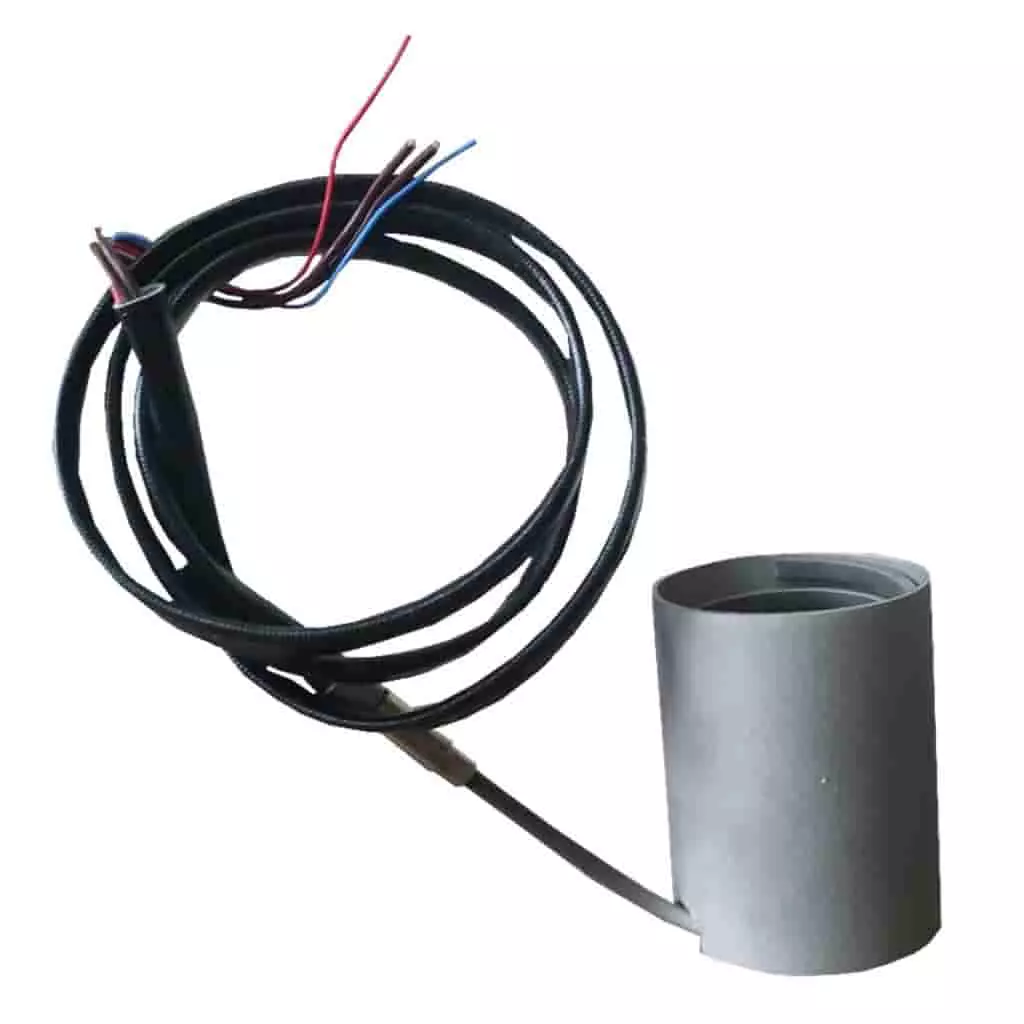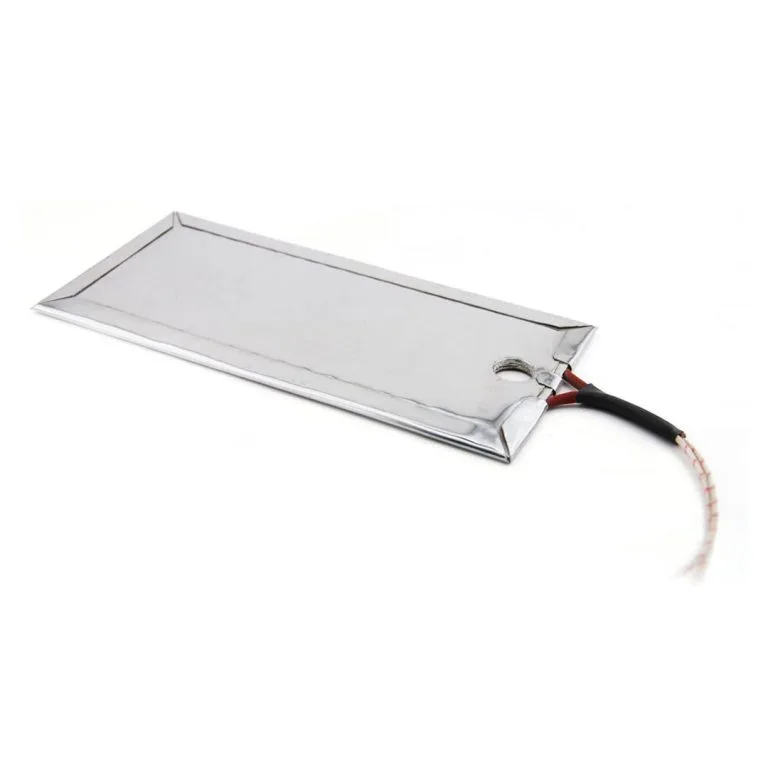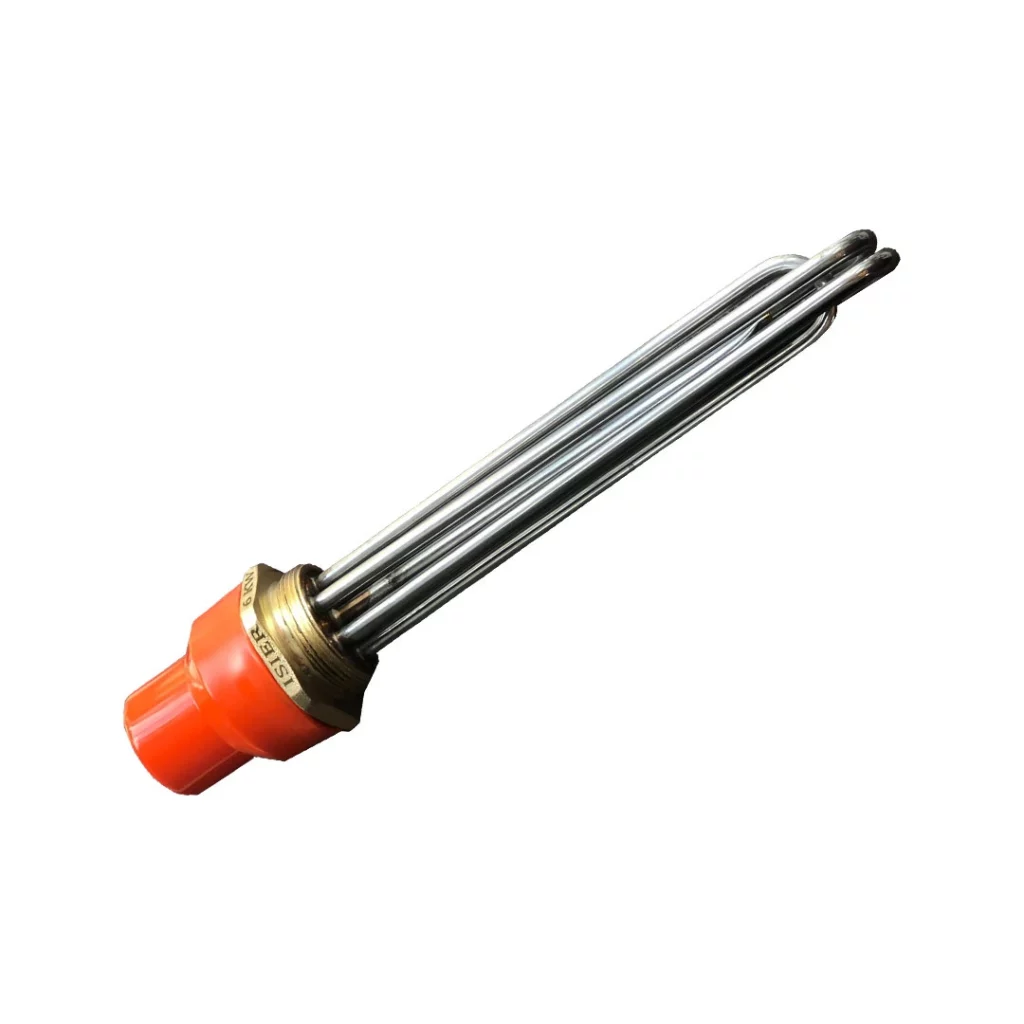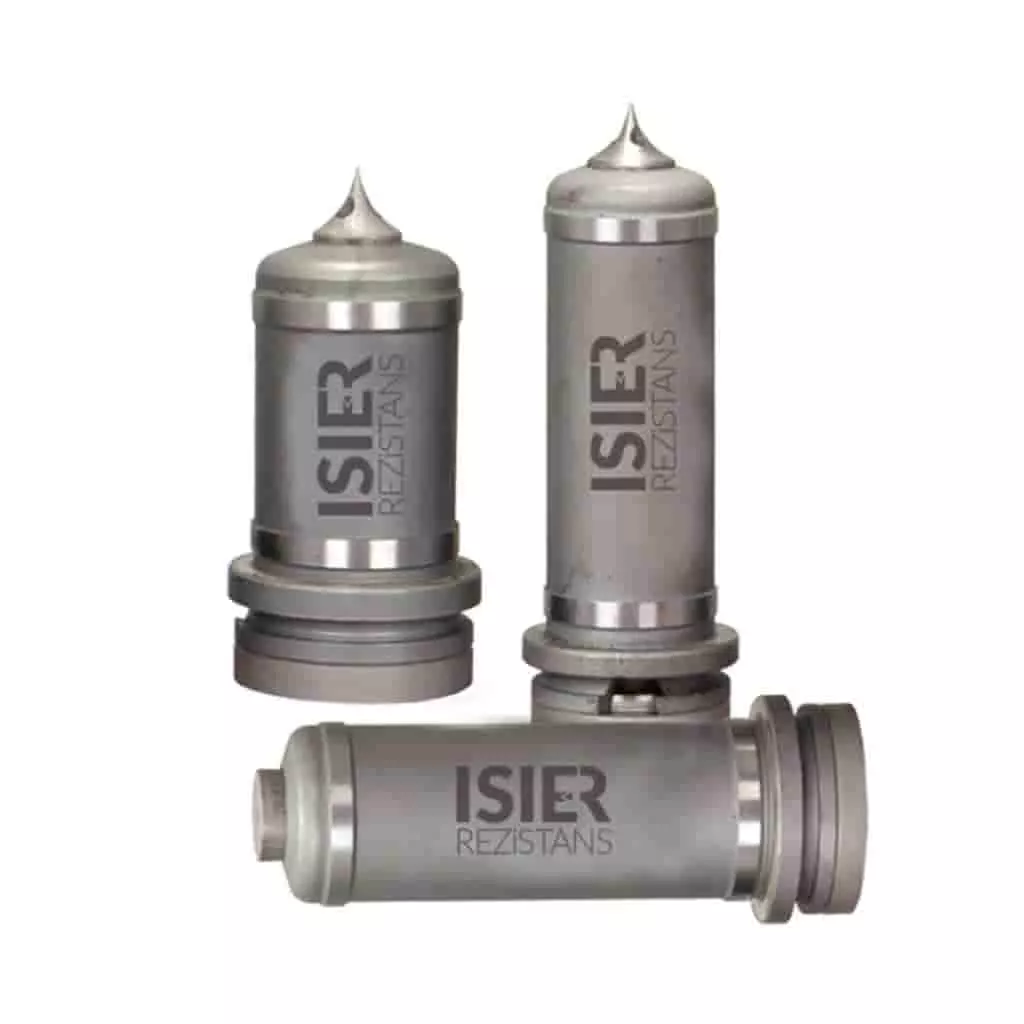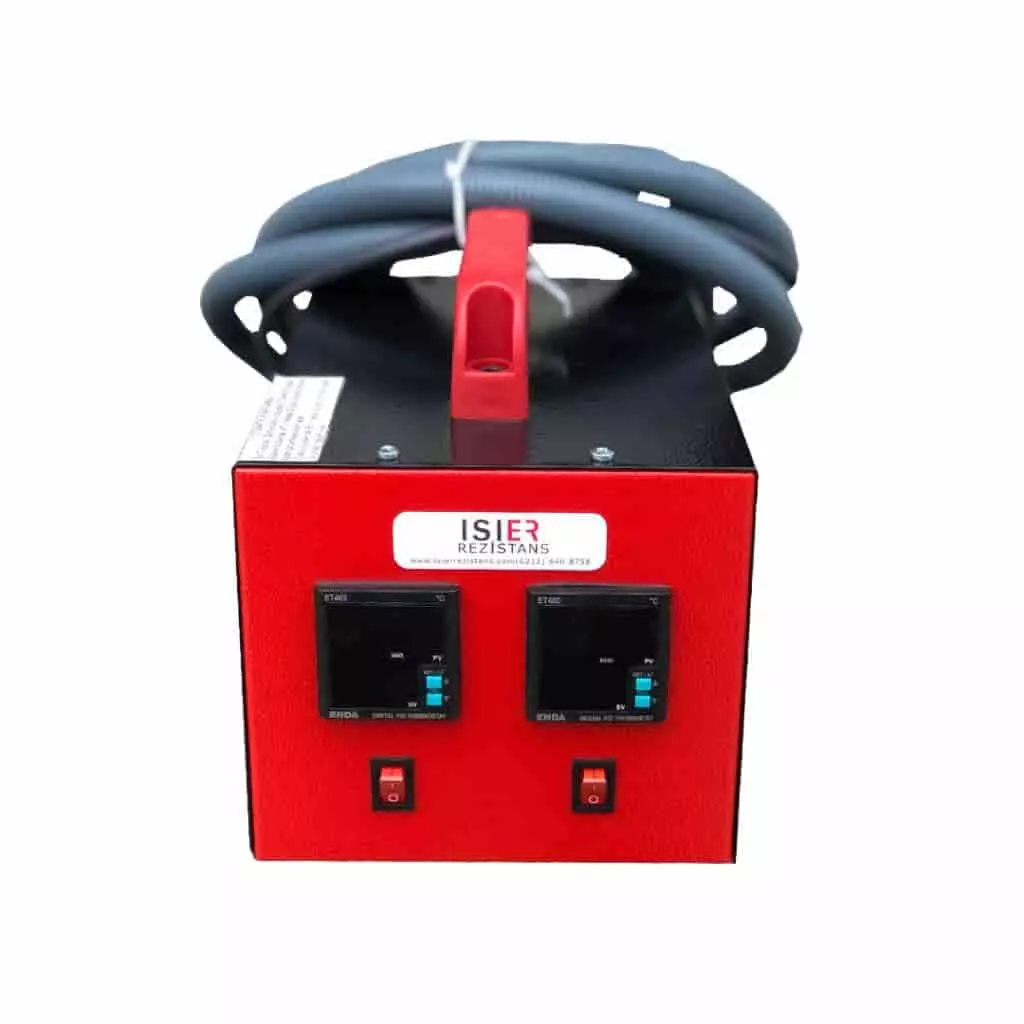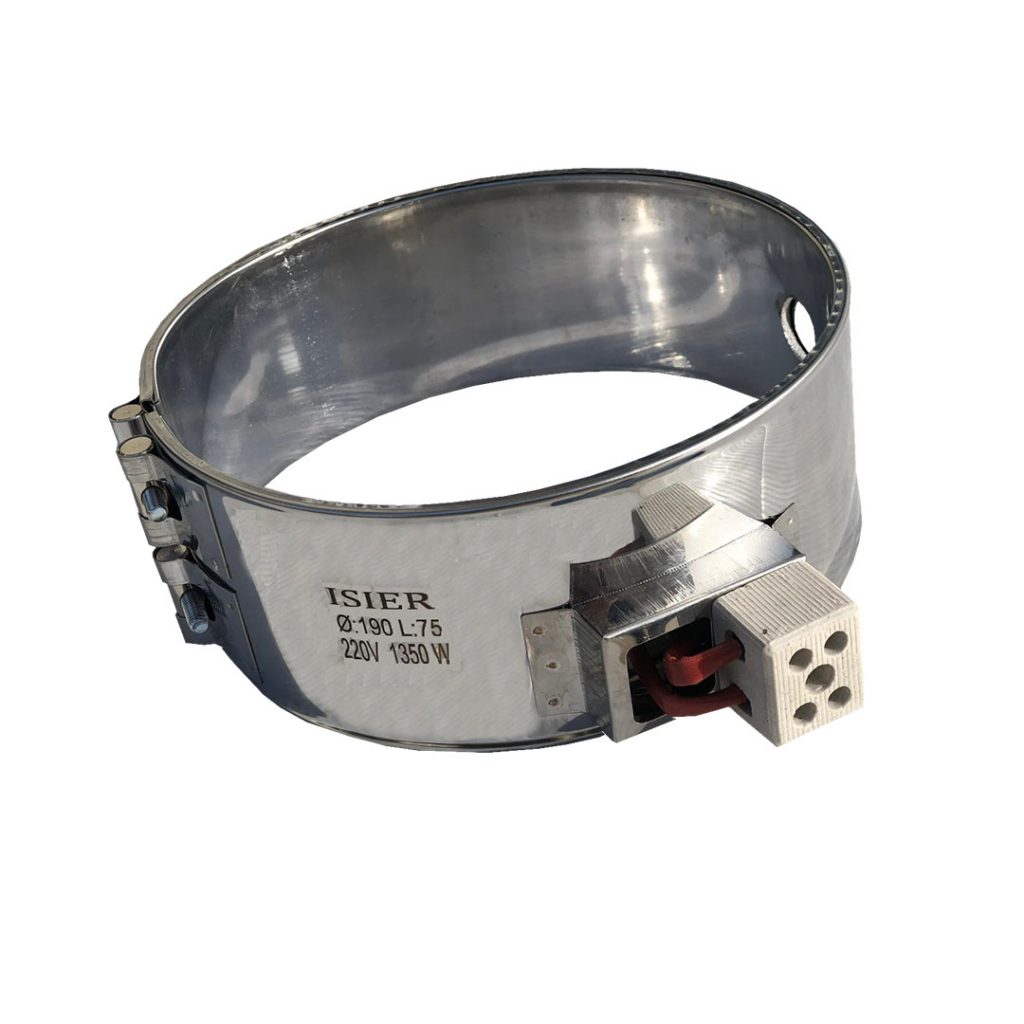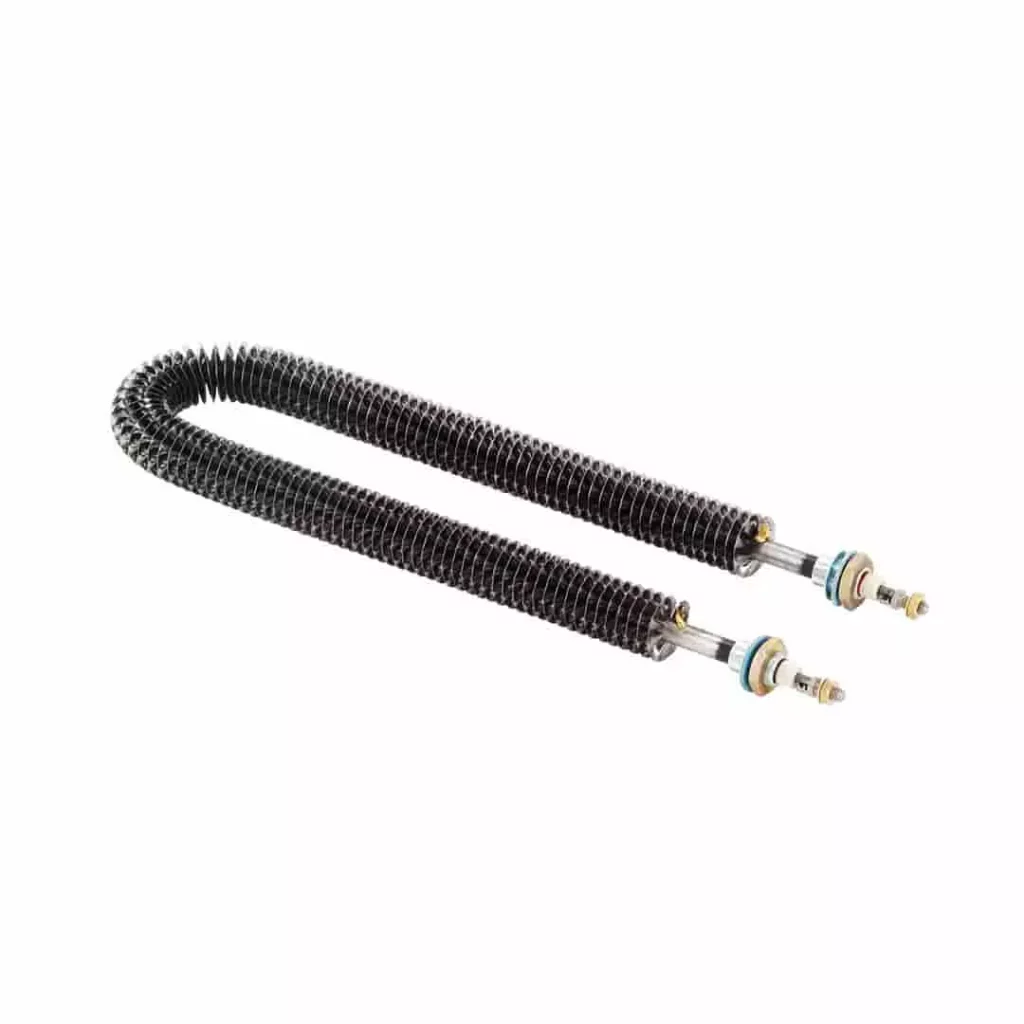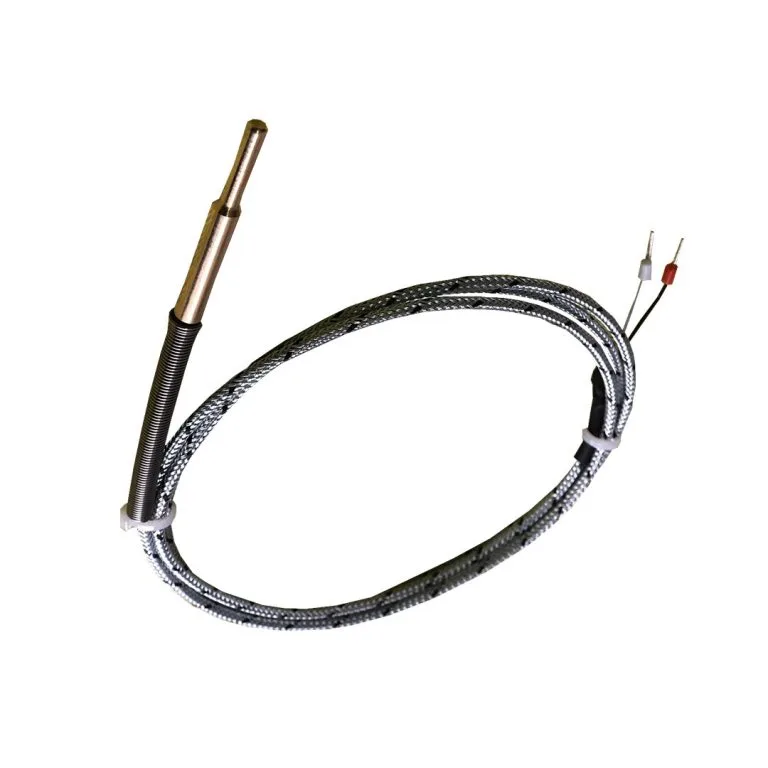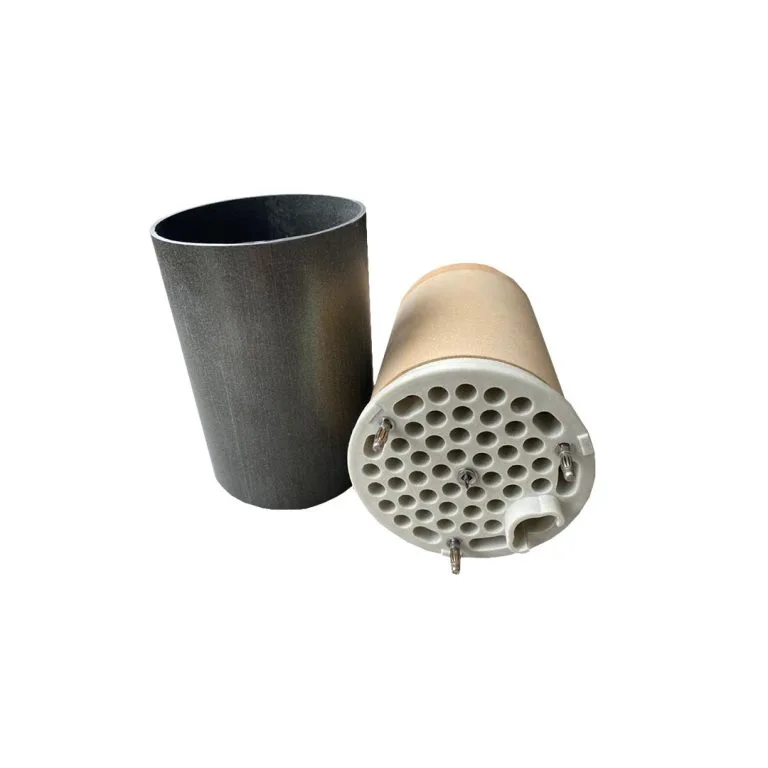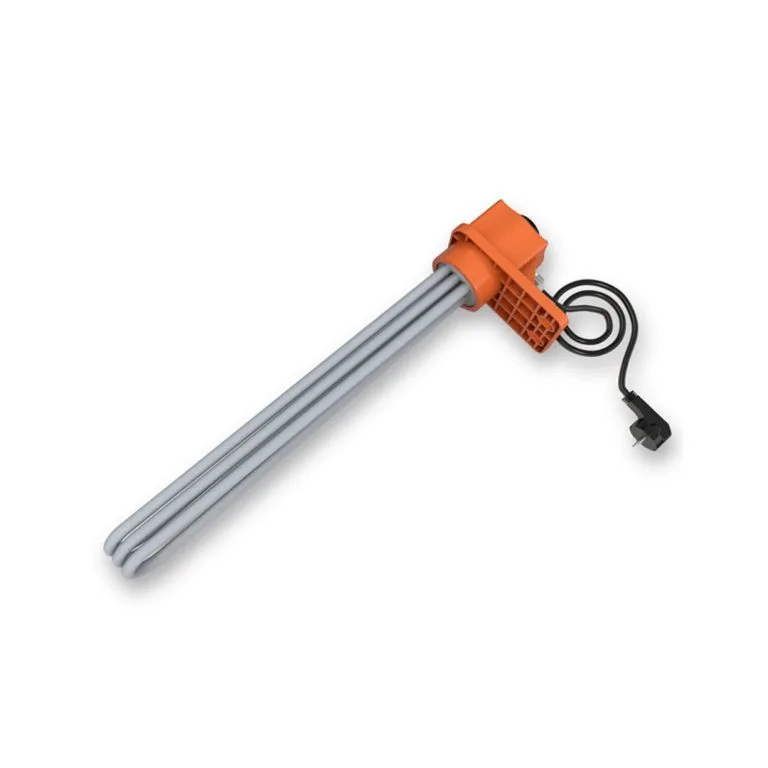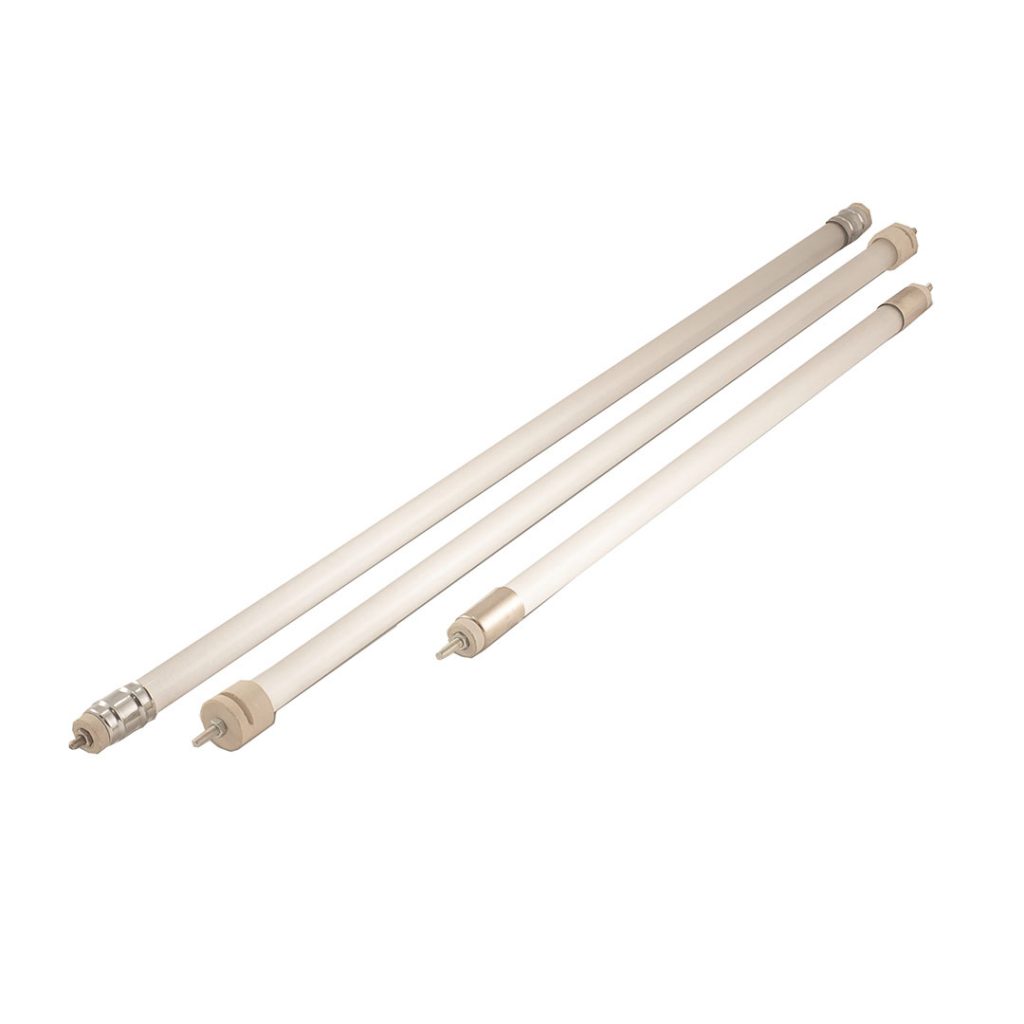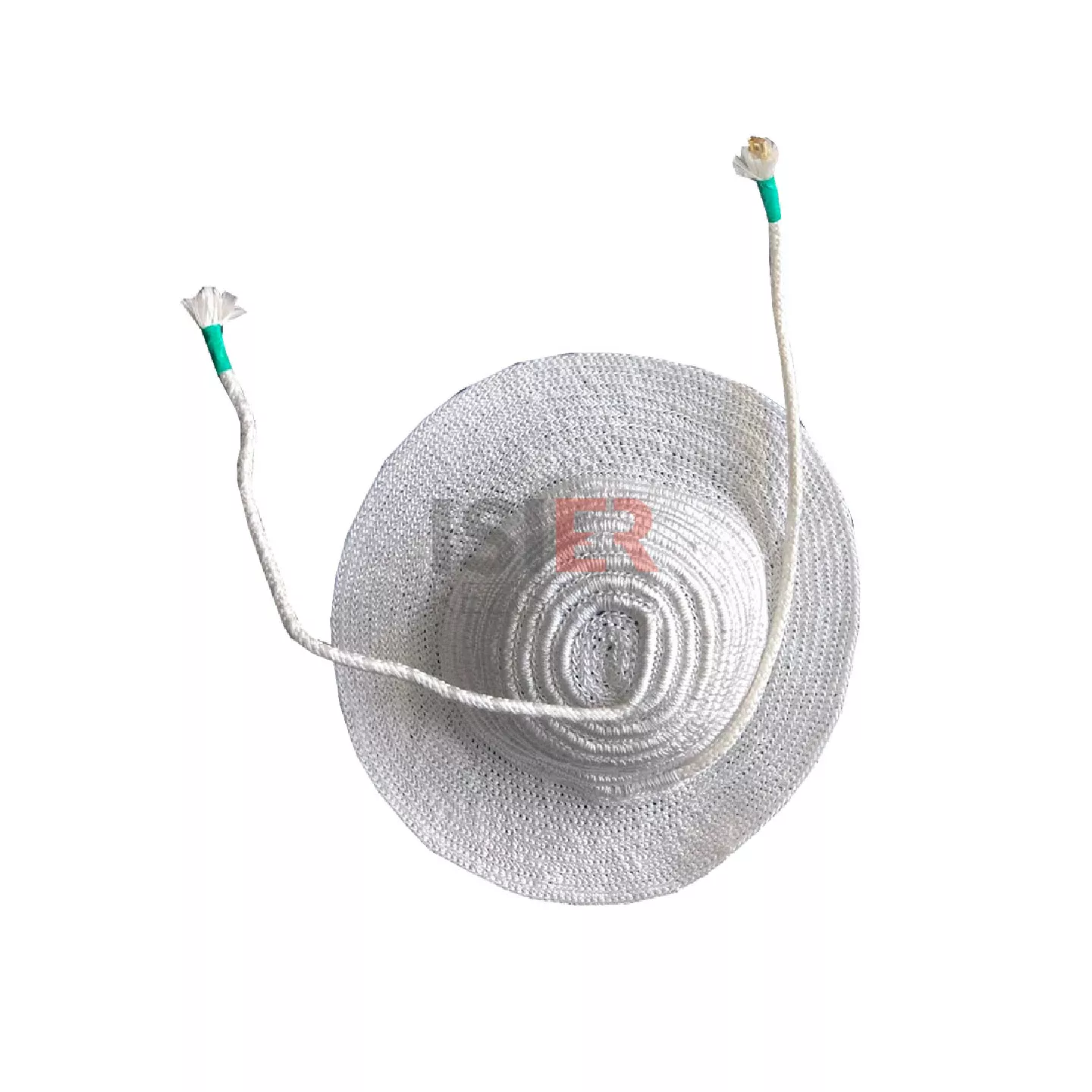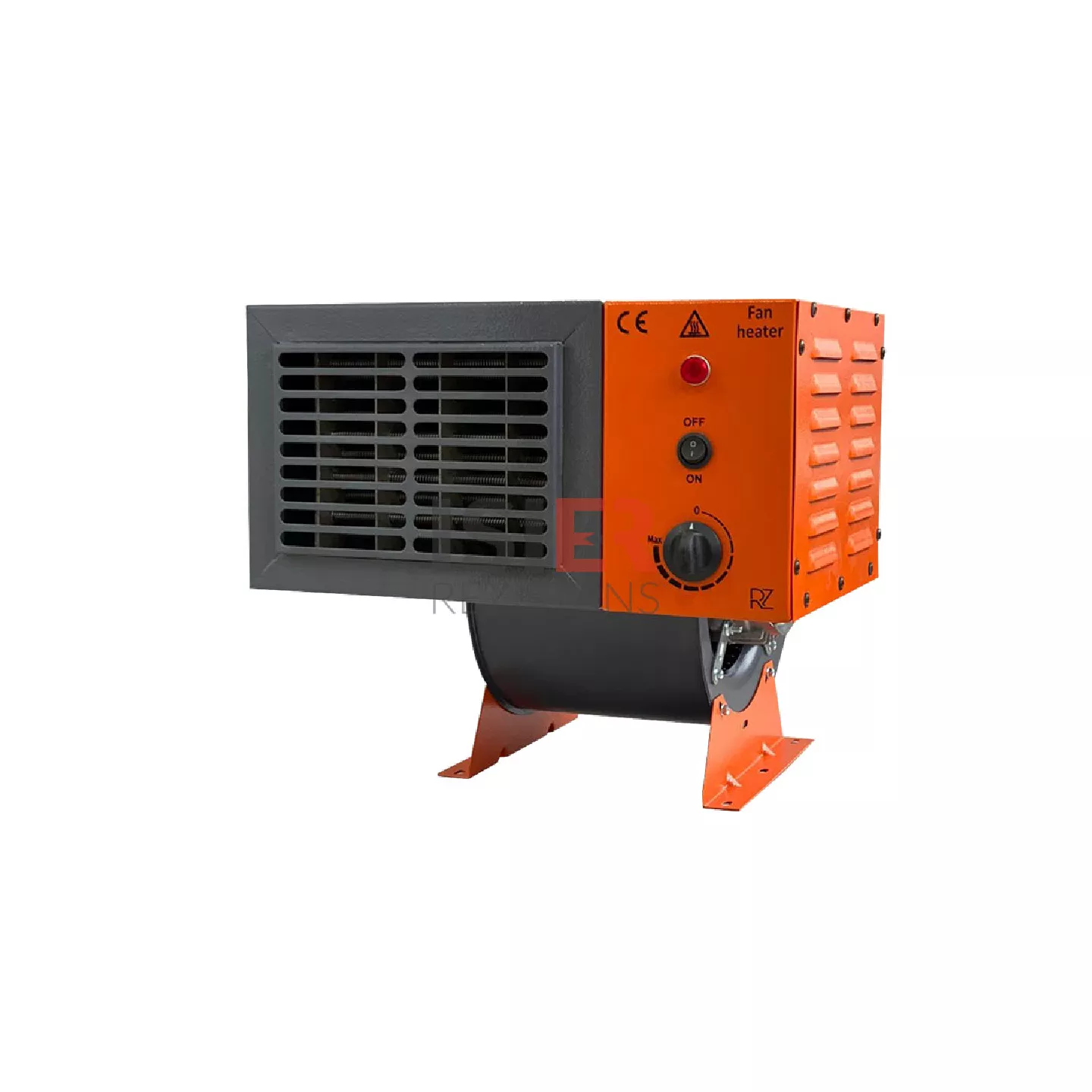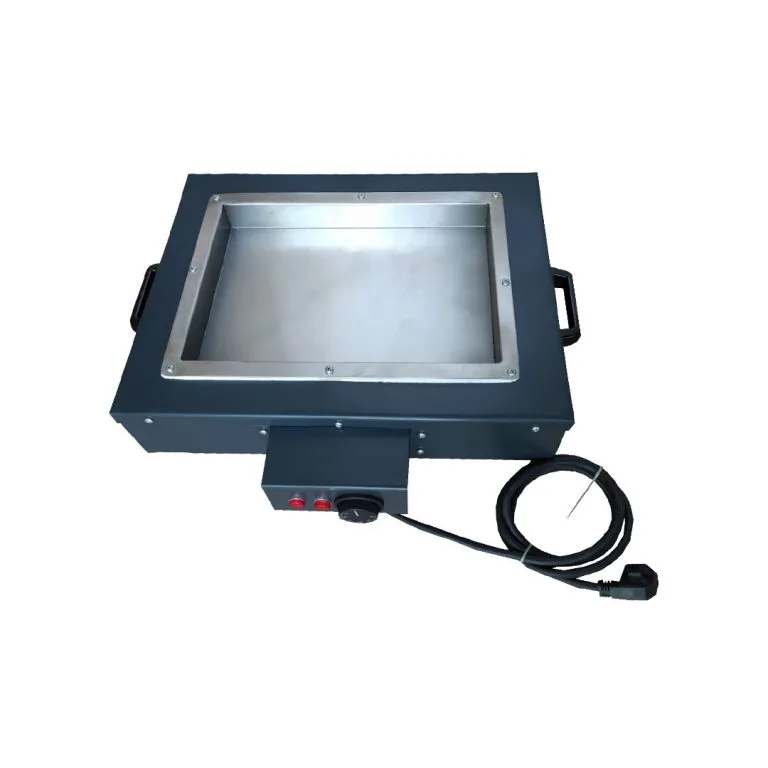Flanged Heaters: A Core Component of Industrial Heating Systems
Flanged heaters are essential components widely used in industrial heating applications. These heaters are particularly effective in systems where precise temperature control is critical. They are commonly employed in machines requiring high temperatures, ovens, hot water systems, and various manufacturing processes. Flanged heaters are preferred in industrial settings due to their robust construction and reliable performance.
In this article, we will explore what flanged heaters are, their technical features, applications, and advantages in detail.
Our Products
Your Solution Partner for All Your Resistance Needs
What is a Flanged Heater?
A flanged heater is a heating element designed to convert electrical energy into heat. Typically mounted on a metal flange, these heaters are used to heat liquids or gases in various industrial systems. The flanged structure facilitates easy installation while providing powerful heating performance.
The working principle of flanged heaters is simple: Electrical current passes through a wire or strip inside the heater, generating heat through resistance. This heat is then transferred to the material being heated via the flange.
Technical Features of Flanged Heaters
Flanged heaters typically possess the following technical features:
- Power Capacity:
- Flanged heaters are available in power ranges from 0.5 kW to 50 kW.
- The power capacity depends on the size and requirements of the heating application.
- Temperature Range:
- These heaters can withstand high temperatures, typically ranging from 300°C to 850°C.
- Custom models can achieve even higher temperatures.
- Material Selection:
- Flanged heaters are commonly made from stainless steel, aluminum, copper, or ceramic-coated materials.
- Stainless steel provides high thermal resistance and durability.
- Flange Size and Design:
- Flanges come in various diameters and thicknesses to accommodate different installation areas and requirements.
- Flanges are designed for secure and long-lasting installation.
- Insulation and Electrical Safety:
- High-quality insulation materials are used in flanged heaters.
- Electrical safety features include protections against overheating and short circuits.
Working Principle of Flanged Heaters
Flanged heaters operate based on the principle of electrical resistance. The process can be summarized as follows:
- Electric Current:
- Electric current is applied to the heater element, causing the wire to resist the flow of electricity and generate heat.
- Heat Generation:
- The resistance in the wire converts electrical energy into heat, which is transferred to the surrounding material.
- Heat Transfer:
- The heat is distributed to the material being heated, typically a liquid or gas, through the flange.
- Temperature Control:
- Devices such as thermostats or thermocouples are used to maintain a consistent temperature.
Applications of Flanged Heaters
Flanged heaters are suitable for a wide range of industrial and commercial applications, including:
- Liquid Heating Systems:
- Commonly used in industrial water heating, hot water supply, and steam generation.
- Ovens and Furnaces:
- Used in processes requiring high temperatures in metal, glass, and ceramic ovens.
- Chemical Processing Plants:
- Ideal for heating liquids, solvents, and chemical substances.
- Plastic Injection Systems:
- Serve as heating elements to melt liquids in plastic injection machines.
- Drying Systems:
- Used in industrial drying systems for textiles, food, and chemical products.
- Heating Tanks and Reservoirs:
- Provide heat to liquids or gases stored in large tanks or reservoirs.
- Liquid Heating Systems:
Advantages of Flanged Heaters
- High Heat Efficiency:
- Flanged heaters provide efficient heat transfer, resulting in faster heating times and reduced energy consumption.
- Long Service Life:
- Constructed from durable materials like stainless steel, flanged heaters require minimal maintenance and offer extended service life.
- Easy Installation and Maintenance:
- The flanged design allows for easy integration into existing systems and straightforward maintenance when necessary.
- High-Temperature Resistance:
- These heaters can withstand extreme temperatures, making them suitable for challenging industrial environments.
- Versatile Applications:
- Their availability in various sizes and capacities makes flanged heaters suitable for a wide range of applications.
Factors to Consider When Choosing Flanged Heaters
- Material to be Heated:
- The type of material being heated is a key factor in determining the design of the flanged heater.
- Power Requirements:
- Choose a model with the appropriate power capacity based on your application’s needs.
- Temperature Range:
- Determine the required temperature range to ensure optimal heater performance.
- Material Selection:
- Select materials like stainless steel for corrosive environments to ensure durability.
- Size and Installation:
- Choose flanged heaters that fit your system to facilitate seamless installation.
Flanged heaters are indispensable components in industrial heating systems. Their high efficiency, durability, and reliability make them ideal for various applications. With their broad range of uses and ability to adapt to specific requirements, flanged heaters are increasingly being used in industrial facilities worldwide.
Flanged Heaters Frequently Asked Questions
A flanged heater is an industrial heating device that consists of tubular heating elements mounted onto a flange, designed to heat liquids, gases, or viscous substances in tanks, pipelines, or processing systems.
Flanged heaters work by transferring heat from their tubular elements, powered by electrical energy, directly to the surrounding medium (e.g., water, oil, or gas). The flange ensures a secure and leak-proof installation in the vessel.
Flanged heaters are widely used in:
- Water heating (e.g., boilers and storage tanks).
- Oil heating (e.g., lubrication systems, fuel processing).
- Chemical processing (e.g., heating corrosive fluids).
- Gas heating (e.g., preheating compressed air or natural gas).
Common materials include:
- Heating elements: Incoloy, stainless steel, or copper.
- Flanges: Stainless steel, carbon steel, or other alloys.
- Insulation: Ceramic or magnesium oxide for thermal efficiency.
- Flanged heaters are installed by bolting their flange onto a matching mating flange on the tank or pipeline. Gaskets are used to ensure a tight seal.
- High efficiency and direct heat transfer.
Durability in harsh industrial conditions.
Easy installation and maintenance.
Customizable for specific applications.
- Yes, but the material of the heating elements and flange must be selected based on the chemical compatibility of the fluid. For example, Incoloy and stainless steel are commonly used for corrosive environments.
- Ensure proper grounding and electrical connections.
- Use thermostats and temperature sensors to prevent overheating.
- Follow maintenance schedules to check for wear or scaling.
- The lifespan of a flanged heater depends on operating conditions, maintenance, and material quality. On average, they last 5-10 years, but they can last longer in well-maintained systems.
Customization includes:
- Wattage and voltage ratings.
- Flange size and material.
- Heating element material (e.g., copper, Incoloy).
- Integrated sensors and control panels.



